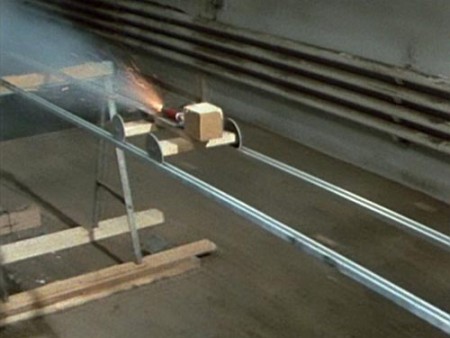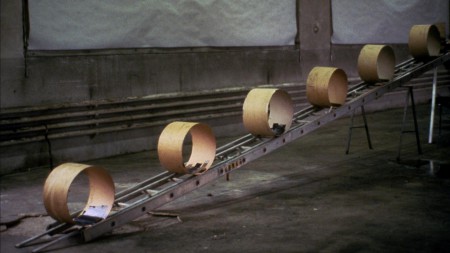Apps that we like: Slack is great for team
All your team communication in one place, instantly searchable, available wherever you go.
Why we like it:
• we stopped using emails for internal discussion; clutter free discussion
• easy to search and find the piece of information mentionned weeks ago in a discussion
• helps team to work remotely when needed
Gridness
The website is now an archive of all the post as the author stopped updating it, but it still conceals some amazing gems and a very exciting collection of references on grids for graphic designers—or anyone interested in the principle of laying out organised information.
The grid is one of the most important tools a designer has at his/her disposal. They’ve always been a difficult thing to explain to clients, though luckily, the results speak for themselves. Also luckily, the clean, organized look they impart is en vogue right now, which means better design is becoming “hip,” for lack of a less unsavory term.
Why we like it:
• The grid is an essential element to layout your thoughts in a clean and effective way; this is one of the visual-tool the Curator app is using to help you gather focus and refine visual concepts
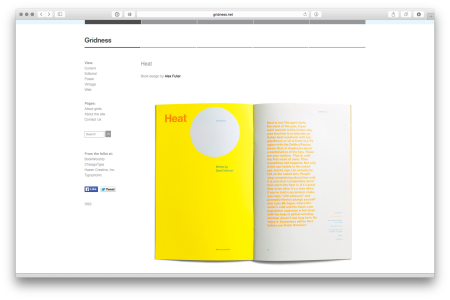
Apps that we like: IF by IFTTT
IF lets you create powerful connections with one simple statement — IF THIS THEN THAT.
Activate and connect your Channels — services like Facebook, Dropbox, and Gmail as well as devices like Nest Thermostat, Fitbit, and Philips Hue — for limitless ways to automate and empower your life.
Why we like it:
• “Put the internet to work for you”—if for one thing: this might be the best catch phrase ever.
• Once in place, filtering and automation will let you focus on the work you actually want to do! (like moodboards and picture research)
Apps that we like: Trello, making lists
Whether you’re managing a team of freelancers, writing an epic screenplay, or just making a list of stuff, Trello makes sure you’re organized and on top of it all.
Why we like it:
• What can you not do with a stack of card you can pile however you like (beside moodboards and presentations!)
• We use Trello to keep on track with our day to day support request, weekly planning, as well as our long term objectives
Things that inspire us: Last Year in Marienbad
Last Year in Marienbad (L’Année Dernière À Marienbad) is a movie directed by Alain Resnais from a screenplay by Alain Robbe-Grillet.
This is an exploration of the temporal and spatial quality of moving images from 1961. It uses extensively the narrative’s editing process—like a fabric that can be weaved at will—to manipulate the audience’s feelings.
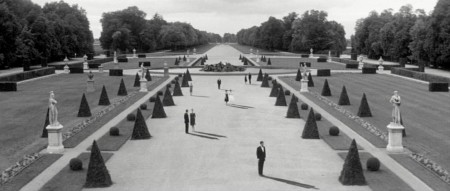
Why we like it:
– the photography is beautiful, and there is a great use of perspective and lengthy travelling.
– it has historical values in terms of story telling.
– it challenged the preconceived ideas of how movie tells a story; in that it’s a precursor to more recent movies like Memento and Pulp Fiction.
– the trailer of the movie really expects its audience to be intelligent beings; it challenges openly its expectation.

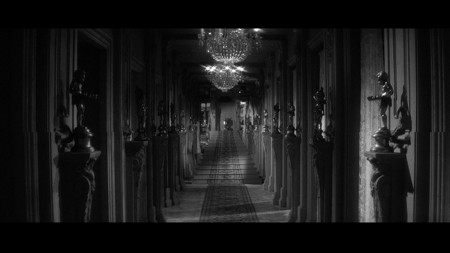
Read more:
– on Wikipedia: Last Year in Marienbad
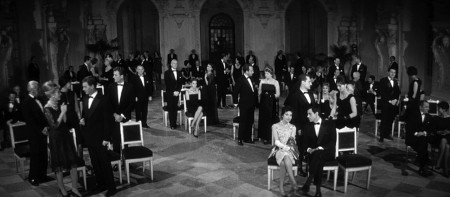
Things that inspire us: La Jetée
In La Jetée, Chris Marker exclusively used still photography and sound to set the post-apocalyptic universe.
In this science-fiction story, the hero will fight against memory, mind control and destiny—both his and the human’s race—through.
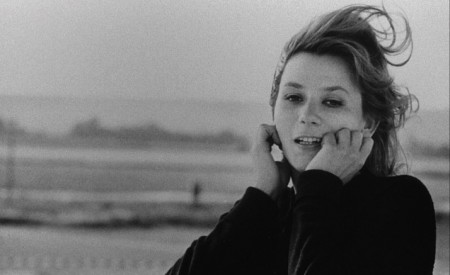
The low-fi black and white aesthetic enables the story to take place more by suggestions than by actually showing any special effects.
The voice is monotone and very descriptive; the audience projects itself the reality of the narration.

Why we like it:
– If for one thing: it’s an incredible way of sketching a story. Terry Gilliam’s 12 Monkey is actually a remake of this film.
– Bare simplicity of the means: black and white photography.
– the sound of the narrator’s voice (in the french version) is haunting me for days after watching it. every. single. time.

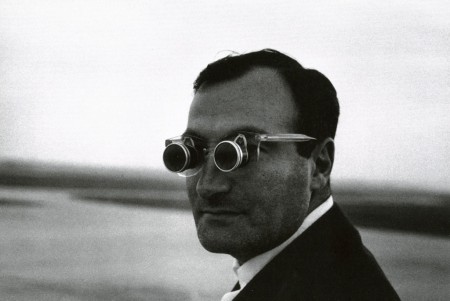
Things that inspire us: Understanding Comics
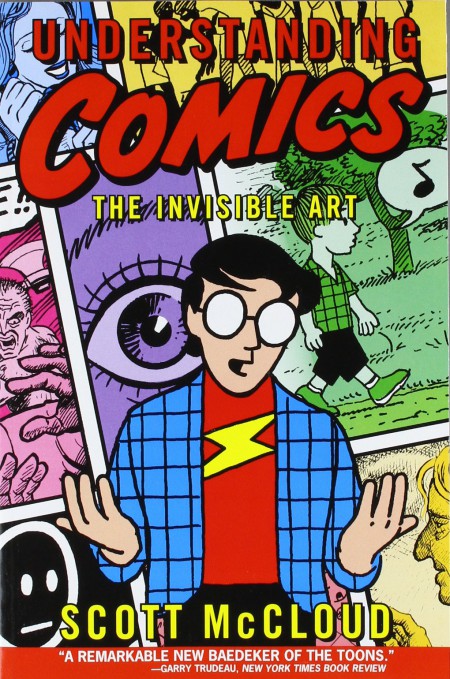
“Understanding Comics’ is a comic book written and drawn by Scott McCloud; this is a classic.
The comic book is comic about comics—a sort of meta enquiry of the genre, analysing in great details the narrative process, the stylisation and iconification of a comic elements.
It looks at drawing in sequence as a mean to tell a story, using historical references from the Egyptian or the european Middle Age as well as contemporary examples.
It lists and details the differences in between various genres (Manga, American comics, Belgian style, etc.) and explains their specifics; both in formal and concpetual terms.
It’s an exciting journey that will lead you to discover the art of telling a story through drawings in sequence.
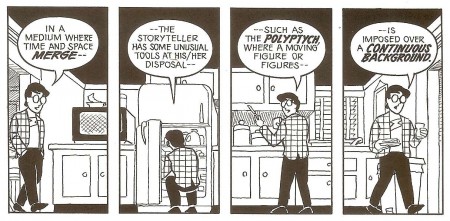
Why we like it:
– it explains in very simple terms complex or advanced notions of representation
– it draws back on History to explain things you might intuitively already know but hadn’t put together yet.
– I love comic books
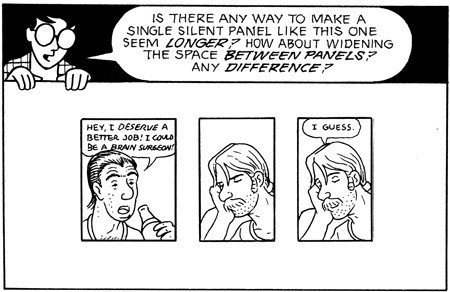
Things that inspire us: The Way Things Go
In “The Way Things Go” (Der Laufe Der Dinge), Fischli and Weiss invite us to follow a chain of reactions, depicting causes and consequences inter-weaving when small installation start interacting with each other in finely orchestrated sequence.
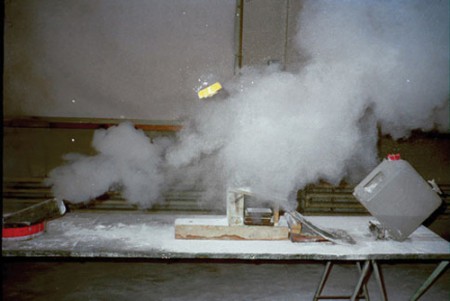

The absence of any narrative encourages the viewer to focus on the causality at works and its absurd deployment throughout the whole installation.
Why we like it:
– It’s like an orchestra where small musical pieces are brought together to interact.
